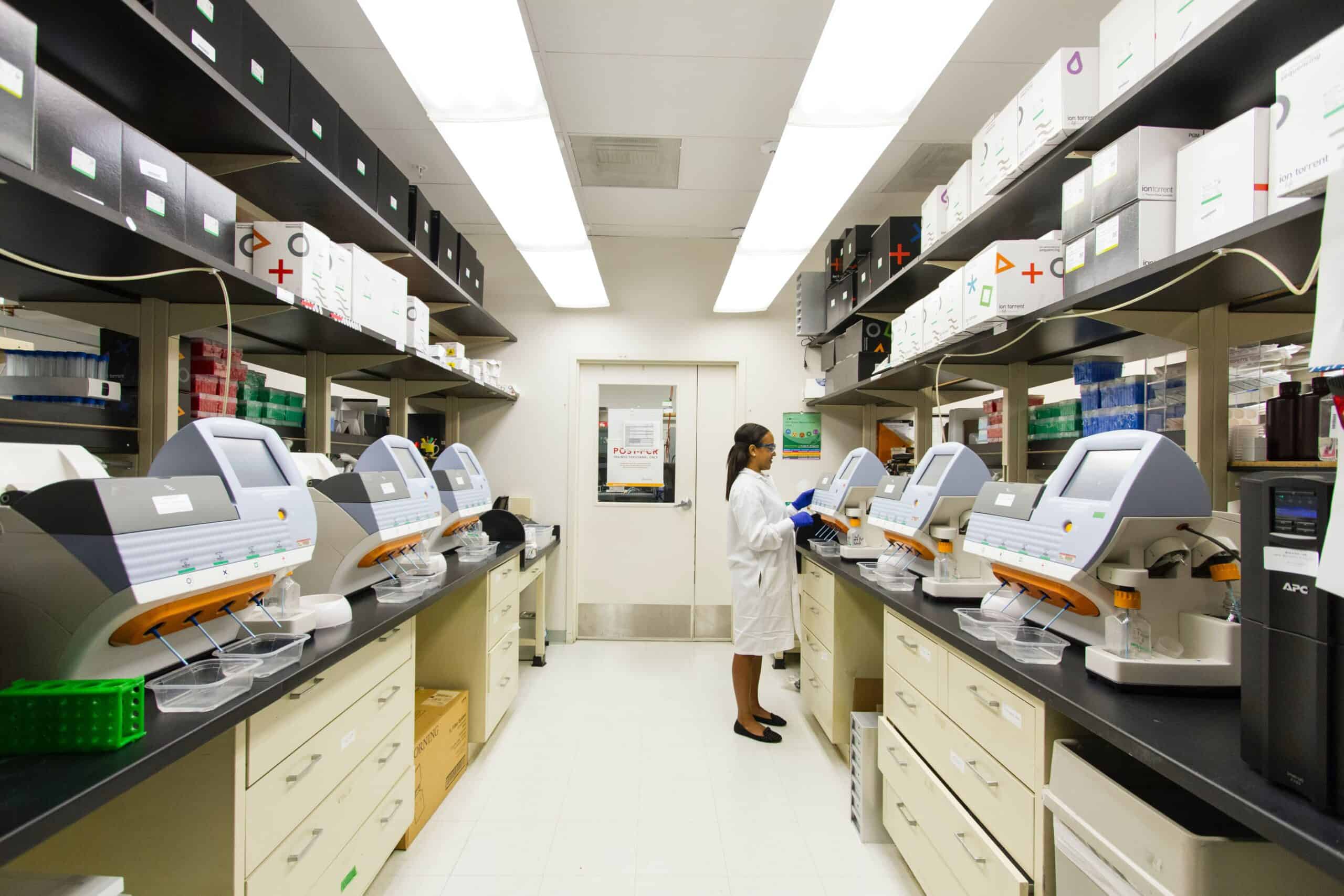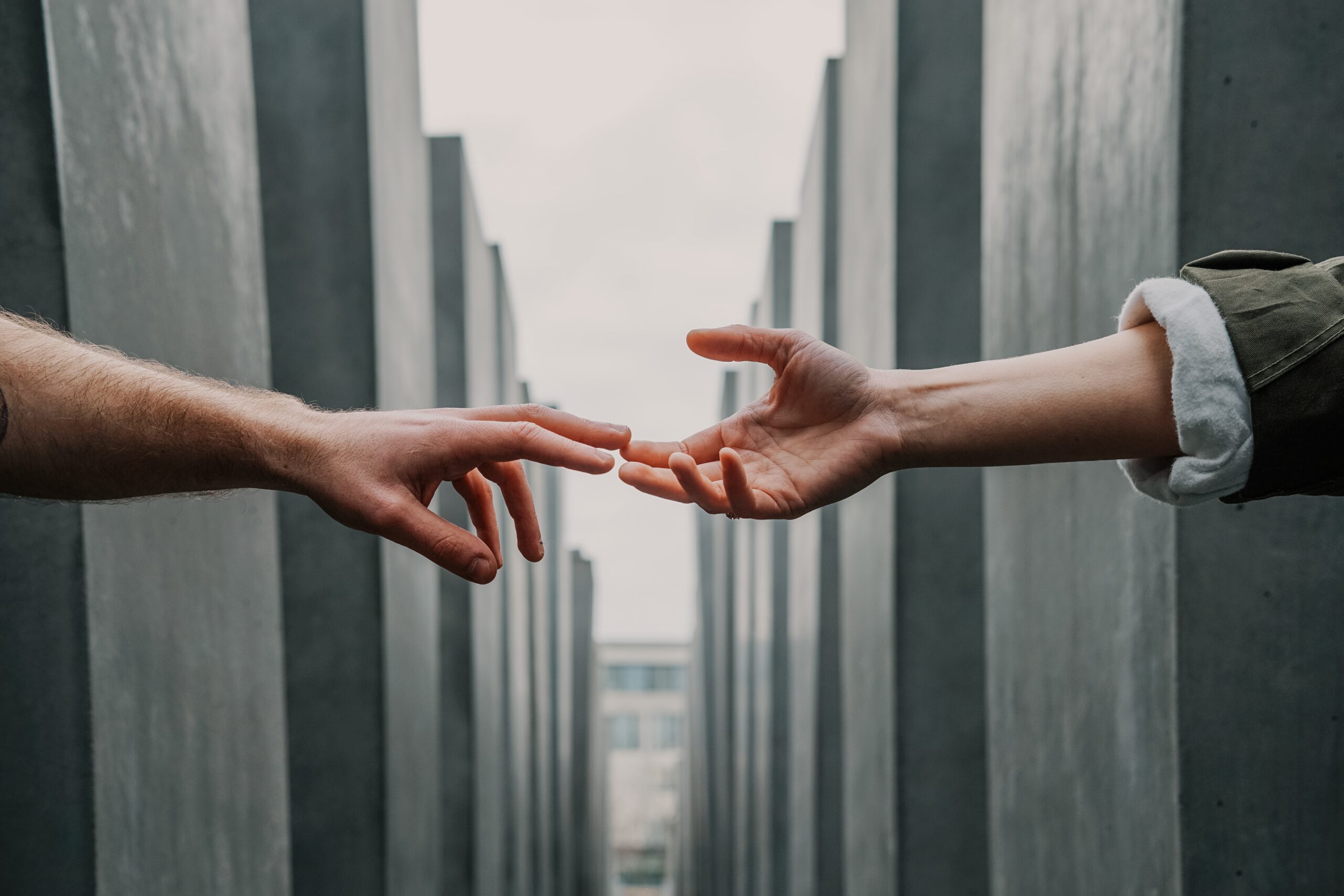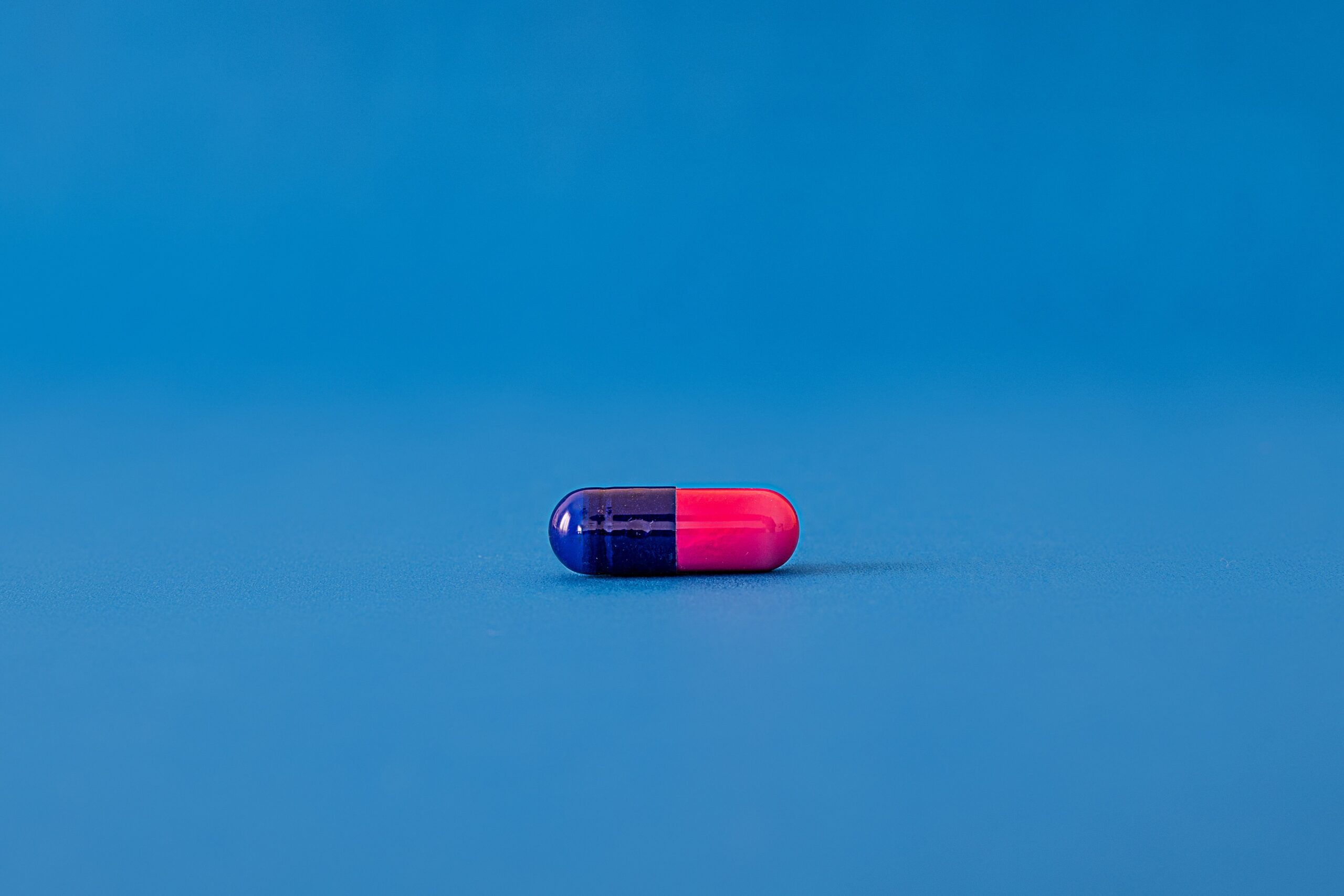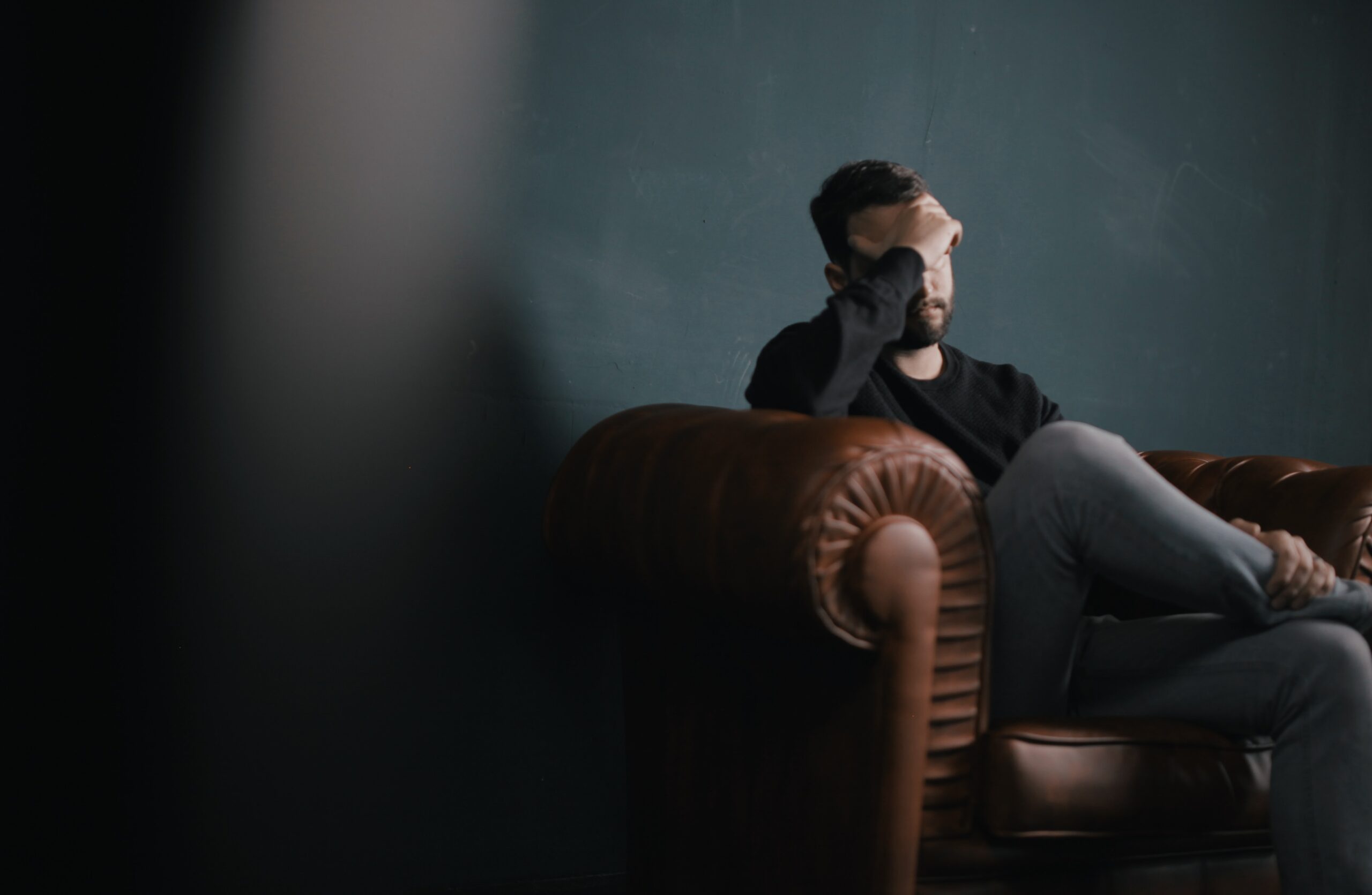September is “Drug-Free Pain Management Awareness Month”

We didn’t see it coming, but we are feeling the full effect of its brute force: the collision of mental health and physical pain. The healthcare community has been aware of the relationship between the two for quite some time. However, COVID-19 has broadened the public’s understanding of this association. What is becoming more apparent is that it is counterproductive to treat one condition without treating the other. Unfortunately, there has been far too great an emphasis on the treatment of physical pain without considering the emotional/mental aspect of pain. This has resulted in the epidemic of opioid use and abuse that we find ourselves faced with as a society today.
We Can Live Pain-Free And Drug-Free
During the month of September, I would like to turn your attention to the benefits of drug-free pain management. This more holistic and healthy approach to pain management and relief is finally coming to the forefront as we are witnessing the devastating consequences of trying to solve our pain issues with pills and surgeries.
In a very recent Harris Poll the results of which were released on July 26, 2022, it was discovered that, “Nearly half of U.S. adults (44%) report that they have experienced physical pain that they believe was worsened due to mental or emotional pain.” Additional findings show that women report worse physical pain than men do.”48% of women reported worse physical pain due to mental or emotional pain compared to only 39% of men. Women ages 35 to 44 most often reported the link (69%) while men ages 65 and older least often reported greater physical pain due to mental or emotional pain (17%).” The Harris Poll was conducted on behalf of the Foundation for Chiropractic Progress (F4CP), a nonprofit dedicated to informing and educating the general public about the value of drug-free chiropractic care.
Of even greater concern is the findings among the younger generations. The Harris Poll shows that more than half of 18-34-year-old poll participants (53%) and 35-to-44-year-old participants (61%) reported experiencing physical pain they believe was worsened by mental or emotional pain. This brings up the subject of technology since younger adults spend much more time on their devices.
The point is that Chiropractors have always recognized the association of physical and mental pain. We strive to manage every neuromusculoskeletal condition effectively. If a patient’s condition is outside of our scope, we are happy to refer and collaborate with other healthcare providers to help our patients achieve all of their physical and mental health goals.
The Miraculous Human Body Responds To Care
The human body is a miraculous, self-healing creation. When given the proper care, which means wholistic care, that works in cooperation with the body’s innate healing capacity, the body will respond and will continuously strive for its natural state of homeostasis. So many different methods exist and are easily accessible for caring for the body without drugs. These include Chiropractic care, massage therapy, acupuncture, aromatherapy, EFT, music therapy, art therapy, forest bathing, integrative doctors, yoga, and more.
Many exercises for mental health, which aid in positive physical outcomes can be found on the nonprofit SameHere Global website. I am the Chair of The Board of this extraordinary alliance of celebrities, everyday heros, and world experts in STARR Exercises (Stress & Trauma, Active Release & Rewiring). These Exercises enable those who suffer to begin, and then continue to build on, active exercises that help one heal from mental health complications. You can learn more about the exercises and find those that might work best for you at https://samehereglobal.org/starr-expert-alliance/.
Let’s Commit To Drug-Free Healing Modalities
Let’s turn our attention to the drug-free methods that exist that will return us to pain-free living. I invite you to find the vitality and the joy in living again through cooperating with the body’s natural healthy capacity. It’s a great month to start your journey during Drug-Free Pain Management Awareness Month.
Resources:
https://www.f4cp.org/package/home/viewfile/pre2022harris-poll-finds-toll-of-mental-health-issues-on-physical-health-disproportionately-affects-women-and-young-adults
https://samehereglobal.org/starr-expert-alliance/









